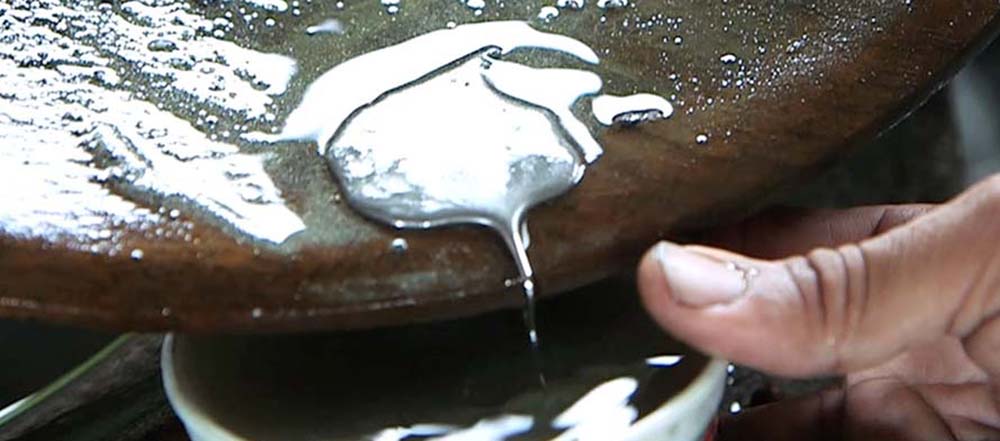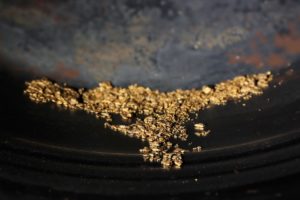
A new Global Environment Facility (GEF) program to reduce the use of mercury is on stream in 8 countries: https://youtu.be/_OAF_1BXWHE
The project will work towards the objectives of the Minamata Convention
Countries under the Convention that have “more than insignificant artisanal and small-scale mining” must develop a National Action Plan that establishes inventory of the sector and a strategy for formalizing the sector, and that sets targets for reducing mercury pollution.
Mercury releases to air, water and land from artisanal and small-scale gold mining (ASGM) are estimated to be over 2000 tonnes each year
Artisanal and small-scale gold mining is the world’s largest employer in the extraction sector, with up to 15 million miners in 70 countries, including four to five million women and children. It is also a big business, supplying up to 20 per cent of the world’s gold.
But it also comes at a huge cost to public health.
Artisanal and small-scale gold miners pour mercury into ground ore where it merges with gold flecks to form an amalgam— essentially a ball— of mercury and gold. They then burn this ball to evaporate the mercury so what is left is often a tiny porous nugget of gold.
Miners working on this evaporation are consistently exposed to mercury vapours many times above concentration levels considered safe by the World Health Organization.
Excessive use of mercury in the amalgamation process releases large amount of mercury into the environment equivalent to many times the amount of gold produced. This residual mercury finds its way into the natural environment, mostly through runoff into rivers – the very rivers where the communities fish. (source : UNEP)




